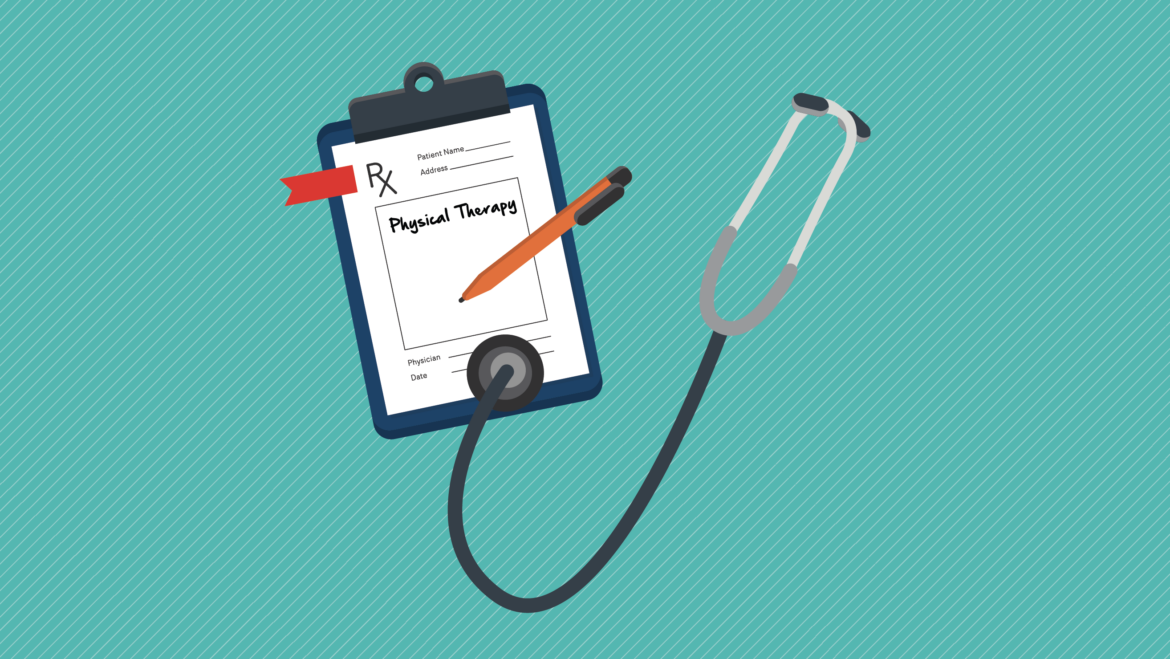Our In-house therapy partner, Fox Rehabilitation, recommends that individuals be evaluated for physical therapy services if any one of these 5 signs exists. Please see this article for information about whether physical therapy is right for you or a loved one! ~Francois Bend
OUR TOP 5 IN-OFFICE SIGNS THAT YOUR PATIENT NEEDS FOX PT:
BY TOM BYRNE, DPT
Today’s physicians are busier than ever.
Medicare regulations have changed the way we work with older adults, requiring faster turnovers for a high-risk population. When time is not on our side, functional movement screening often comes second to the many concerns of the patient.
Given time constraints, how do we effectively determine who will benefit from FOX physical therapy services? When this judgment call has been sagely made, we have a simple referral form to facilitate the patient’s needs.
1. Difficulty Standing From a Chair
A key component of managing fall risk is lower extremity strength. As individuals age and become more sedentary, their muscle endurance deteriorates. An effective way to determine strength is watching their ability to stand from a chair. If they require the use of their arms, or you notice increased difficulty with standing, it may be time to consider physical therapy.
2. Walking Slow, Shuffling, or Difficulty Turning
Another factor that can significantly impact your patient’s safety is the quality of their gait. Shuffling pattern, instability with turning, walking slowly: These are all signs that your patient is a significant fall risk.
Addressing these impairments can help keep your patient out of the ER and live a longer, healthier life.
3. Shortness of Breath
If Mrs. Smith has labored breathing when walking from the waiting room to your office, she is likely having difficulty with many of her daily tasks. Cardiovascular endurance is a major issue amongst the geriatric population, and significant health-related problems can be prevented with PT services.
FOX can create a high-intensity plan of care for these individuals based on this telltale sign, and the therapy services can be provided in the comfort of their own home.
4. Change in Assistive Device
Assistive devices are one of the greatest resources for the older adult in reducing fall risk and early mortality. However, individuals often become dependent on too much assistance and create more problems for themselves.
A change in your patient’s assistive device, such as from a cane to a walker, can be an indicator of diminishing functional status. Physical therapy can address these concerns and help to maintain your patient’s independence.
5. Patient has History of Falls or Fear of Falling
While not visible in the office, this “sign” may be one of the most important factors to consider regarding your patient’s safety. A history of falls or fear of falling can often limit your patient’s ability to remain active. Once they lose their confidence, they limit their community access and challenge themselves less. This ultimately leads to decline in strength, balance, and safety.
Physical therapy can help your patients return to an optimal level of health with skilled exercise prescription, and provide them with the freedom to return to doing what they love. Having a few telltale “signs” for when to refer a patient is vital to your patients’ longevity. These screening tools require no additional time on your end during appointments and can significantly reduce overall healthcare costs by decreasing hospitalizations as well as improving your patients’ quality of life.
Thanks to Fox Rehabilitation for the info! Check out their website: https://www.foxrehab.org


Add Comment